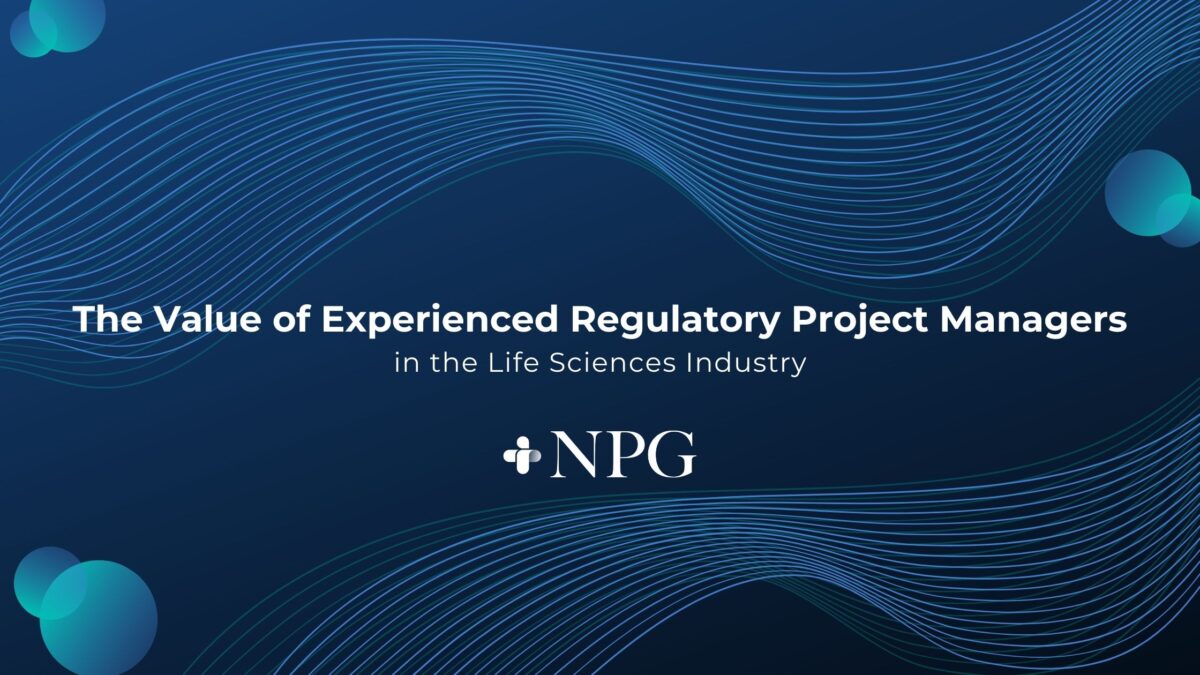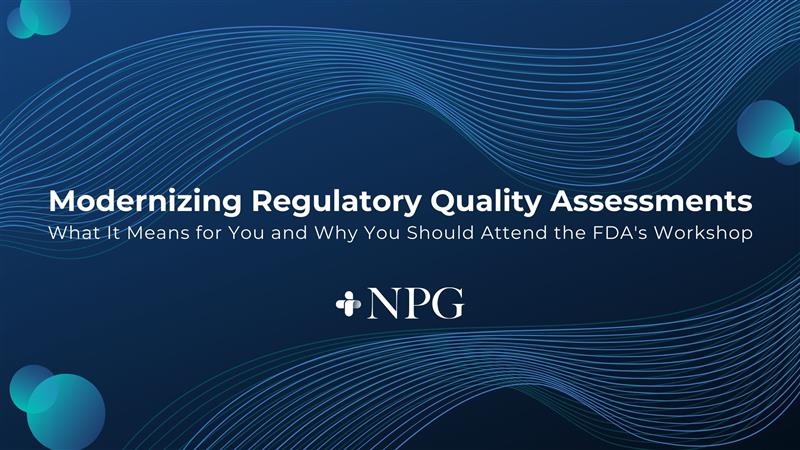How CAPA and DMAIC Drive Effective QMS Implementation and Quality Remediation
Consumers trust that medicines and medical devices are safe, effective, and high quality. We often assume pills are made in clean environments and devices are properly built to prevent malfunctions. When this trust is broken, manufacturers risk regulatory non-compliance, patient dissatisfaction, and significant business impact.
To address production issues, life science companies rely on Corrective Action and Preventive Action (CAPA). This involves identifying root causes, implementing corrective actions (e.g., recalls), and preventive measures (e.g., supplier updates) to avoid recurrence. CAPA is essential for a strong Quality Management System (QMS) and plays a key role in quality remediation.
Ineffective CAPA processes can lead to recurring issues and FDA Form 483 citations. To mitigate these risks, companies can adopt Continuous Improvement (CI) methods like DMAIC (Define, Measure, Analyze, Improve, Control). This structured approach enhances CAPA effectiveness, ensuring long-term quality improvements and regulatory compliance.
What is CAPA and Why It Matters
CAPA is a systematic approach that includes actions needed to correct (correction), avoid recurrence (corrective action), and eliminate the cause of potential nonconforming product and other quality problems (preventive action).
In FDA regulated industries, approximately 30% to 50% of all FDA-483 citations are related to CAPA deficiencies. These metrics reinforce the need for organizations to take proactive measures to significantly reduce their risk for regulatory citations by properly implementing CAPA processes.
Real-World Example
A pharmaceutical manufacturer discovers a recurring contamination issue in a specific product line. After multiple product recalls, the CAPA process identifies the root cause: improper sterilization procedures. Immediate corrective actions involve halting production and recalling affected batches, while preventive measures include retraining staff, revising sterilization SOPs, and upgrading equipment to meet higher standards. This proactive approach not only resolves the immediate issue but also prevents future contamination, protecting both patients and the company’s reputation.
CAPA is not just a post-audit or deviation fix; it is a proactive tool for driving continuous improvement and achieving more than basic compliance. Organizations that fully leverage CAPA unlock numerous benefits, such as:
- Addressing root causes, not just symptoms: getting to the root cause of the problem can ensure that the same problem does not recur, resulting in long-term improvements in processes, products and systems
- Proactive risk management: incorporating CAPA into a continuous improvement strategy encourages teams to identify potential risks early and prevent future issues, reducing costly disruptions and regulatory noncompliance
- Enhanced regulatory compliance: the FDA and other regulatory agencies require CAPA systems to ensure compliance with quality standards. A continuous improvement approach ensures that CAPA processes meet and exceed regulatory expectations, minimizing non-conformance findings
- Improved operational efficiencies: CAPA paired with DMAIC methodologies helps to drive process optimization, reduce waste and enhance organizational efficiencies.
Companies can position themselves as industry leaders in quality and reliability by leveraging CAPA for continuous improvement (CI). They embed CAPA into their everyday operations, see fewer product recalls and defects, improved service quality and faster resolution of issues, leading to greater customer trust, loyalty, and satisfaction.
The Importance of CAPA in QMS Implementation
Implementing a Quality Management System (QMS) involves establishing the documentation, processes, and procedures that ensure an organization meets its quality standards. CAPA processes are a critical component of QMS implementation, as they address existing product issues and prevent future ones. By integrating CAPA as a continuous improvement tool, organizations can uphold and sustain high-quality standards, ensuring the effectiveness of their QMS.
Real-World Scenario
A medical device company with a new QMS implementation identifies that their CAPA system lacks a robust process for tracking and resolving nonconformities. During implementation, they incorporate DMAIC to streamline the CAPA workflow. For instance, in the Define phase, they establish clear criteria for nonconformance reporting. In the Measure phase, they assess the frequency and severity of incidents over the past year. This structured approach helps the company reduce response times and improve compliance, ultimately ensuring smoother regulatory audits.
Given CAPA’s prevalence in FDA citations, ensuring its effective integration during QMS implementation can significantly reduce regulatory risks. An optimized CAPA process also creates a foundation for continuous improvement, helping organizations maintain high standards over time.
Enhancing CAPA with DMAIC: A Structured Framework
DMAIC is a structured Six Sigma methodology that enhances CAPA processes, focusing on reducing variation in processes and preventing deficiencies in product. When integrated with CAPA, DMAIC strengthens the QMS in each of its five phases:
- Define: Identify the issue and its scope.
- Measure: Gather data to understand performance and impact.
- Analyze: Identify root causes of the problem.
- Improve: Implement targeted solutions to address the root causes.
- Control: Monitor changes to ensure sustained improvement.
In our whitepaper we go into more detail, illustrating the input process output (IPO) with high level CAPA governance and six sigma methodologies under a systematic and structured process. Organizations that take the additional step to implement DMAIC within their CAPA process, as outlined by Six Sigma, are able to analyze and improve the processes of risk mitigation and objectively determine the effectiveness of the CAPA.
Four Ways CAPA Drives Continuous Improvement
There are four key benefits of utilizing CAPA as a continuous improvement tool:
- Root Cause Analysis: Treating the origin of problems prevents recurrence, resulting in lasting improvements.
- Example: A diagnostic device company experiences recurring calibration errors. CAPA analysis reveals that outdated maintenance schedules are the root cause. Corrective actions involve recalibrating all devices and updating schedules, while preventive measures include automating reminders for future maintenance.
- Building a Risk Management Culture: Encouraging proactive risk identification fosters smarter, more efficient responses to issues.
- Example: A CAPA contract manufacturing organization (CMO) implements a training program focused on risk identification and processes. This initiative fosters a proactive culture, reducing nonconformances across multiple product lines.
- Improved Employee Productivity and Quality: CAPA empowers employees to identify and correct process flaws, boosting quality and efficiency.
- Example: Employees at a vaccine production facility suggest improvements during a CAPA review meeting, leading to streamlined workflows that reduce production errors.
- Leveraging Lean Six Sigma (LSS): Combining CAPA with Lean Six Sigma principles drives efficiency and measurable results. It leads to better, faster, and more efficient organizational processes.
- Example: A pharmaceutical company integrates LSS into CAPA to eliminate bottlenecks in batch release testing, reducing lead times by 20%.
CAPA Application in Quality Remediation
CAPA can be used to address quality gaps and regulatory findings during remediation efforts. When adding DMAIC methods, organizations enable structured problem-solving and avoid ineffective corrective actions.
A CAPA approach can be used in a variety of areas, including:
- Validation remediation to address process validation deficiencies.
- SOP transformation and optimization to streamline and standardize procedures.
- QA remediation processes to resolve systemic quality assurance gaps.
Integrate CAPA into QMS Implementation and Remediation with NPG
Network Partners Group has experienced consultants who understand what it takes to implement a QMS and remediation processes that will help organizations reduce non-compliance. Our proven methodologies tackle complex quality challenges and ensure sustainable compliance for quality organizations.
Discover how CAPA and DMAIC can transform your quality processes. Contact us today to speak with an expert and explore a tailored solution for your organization.



